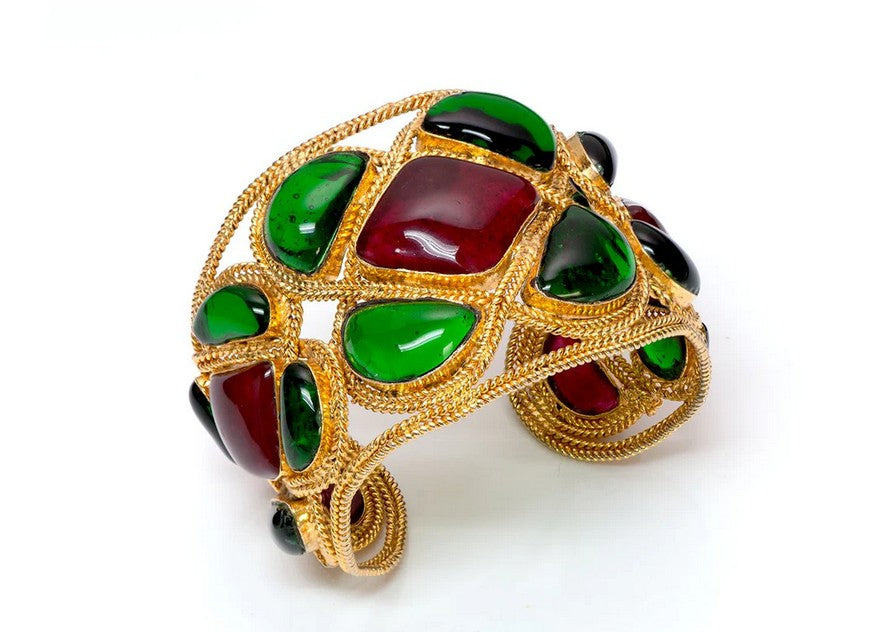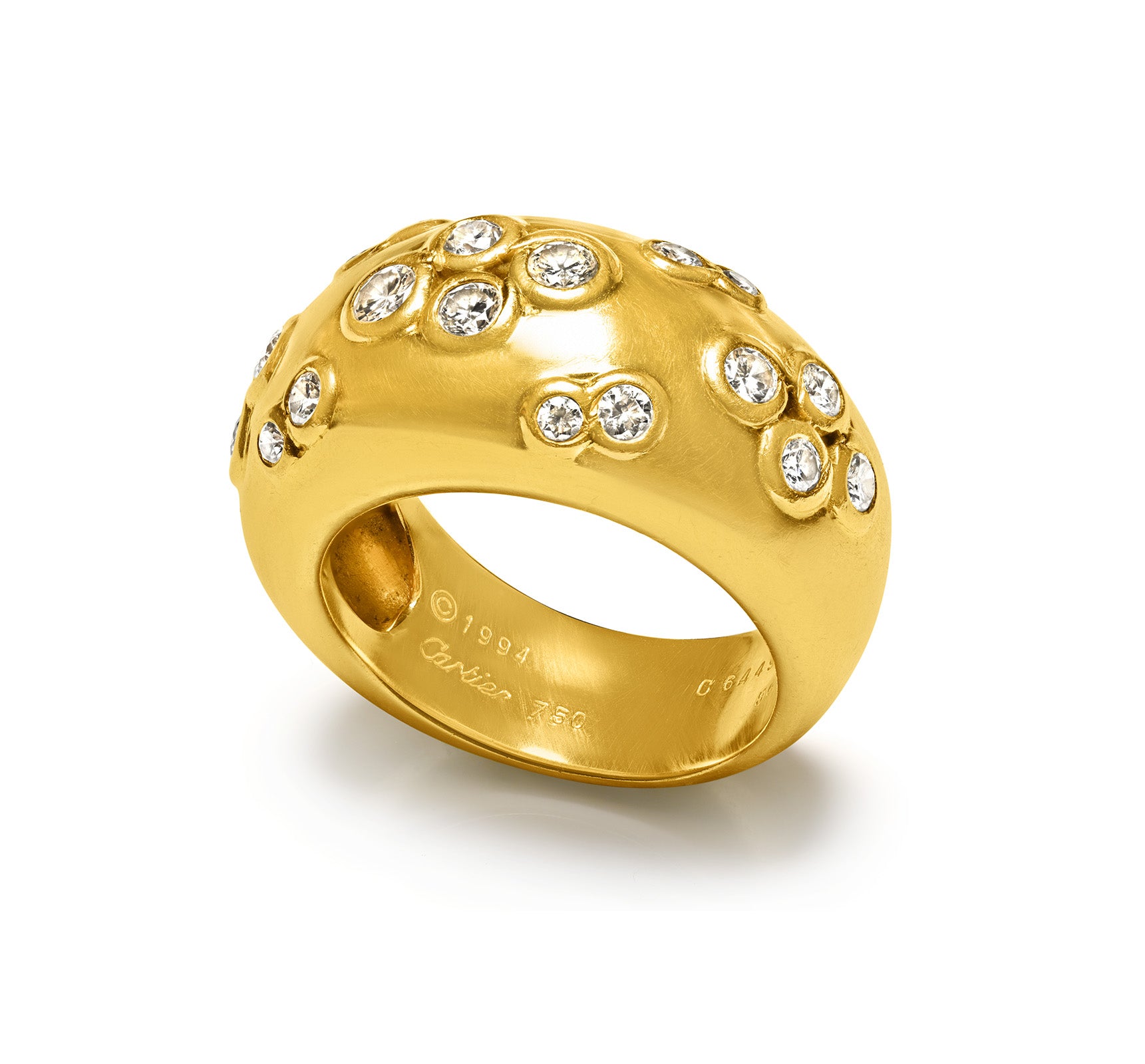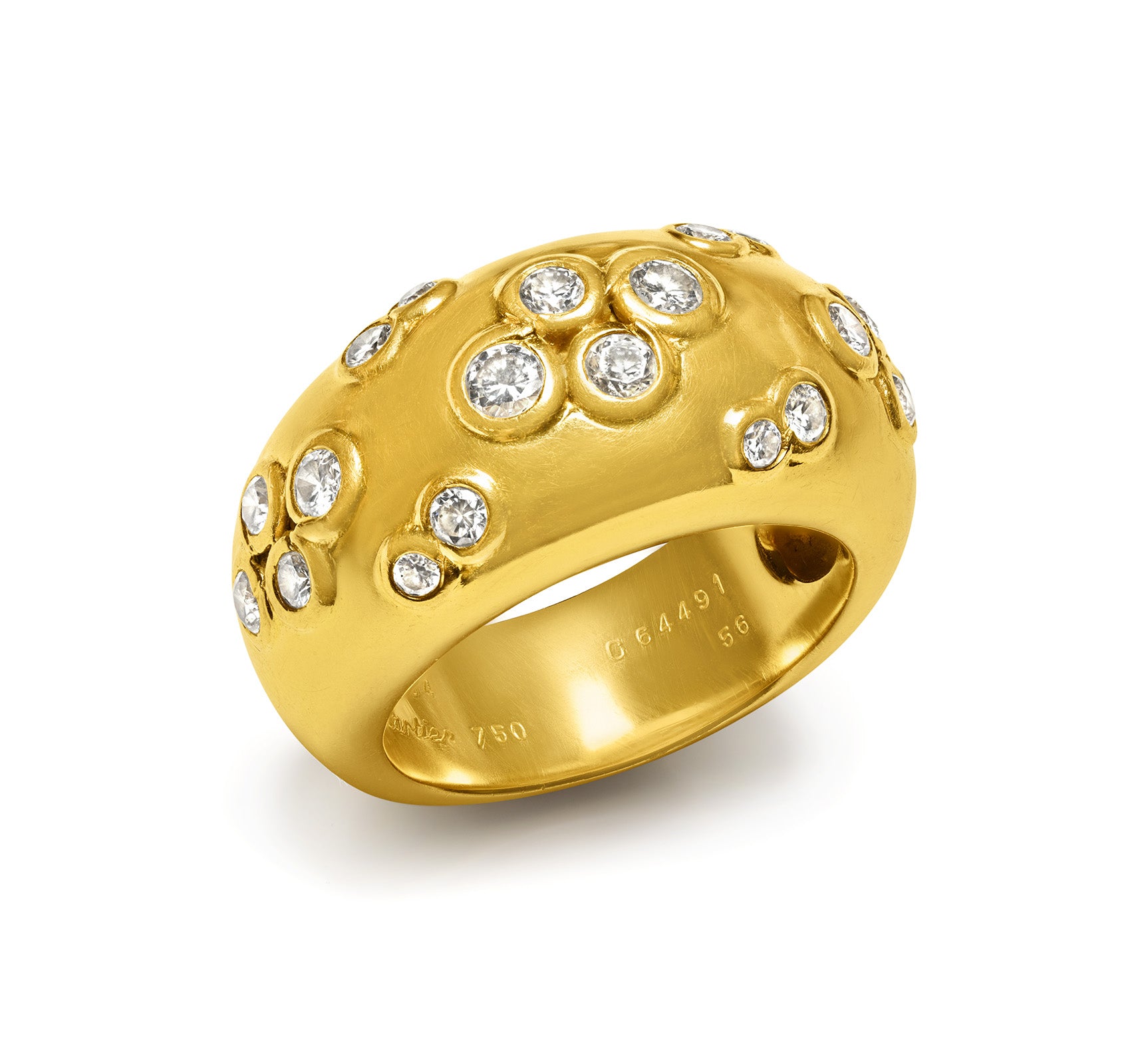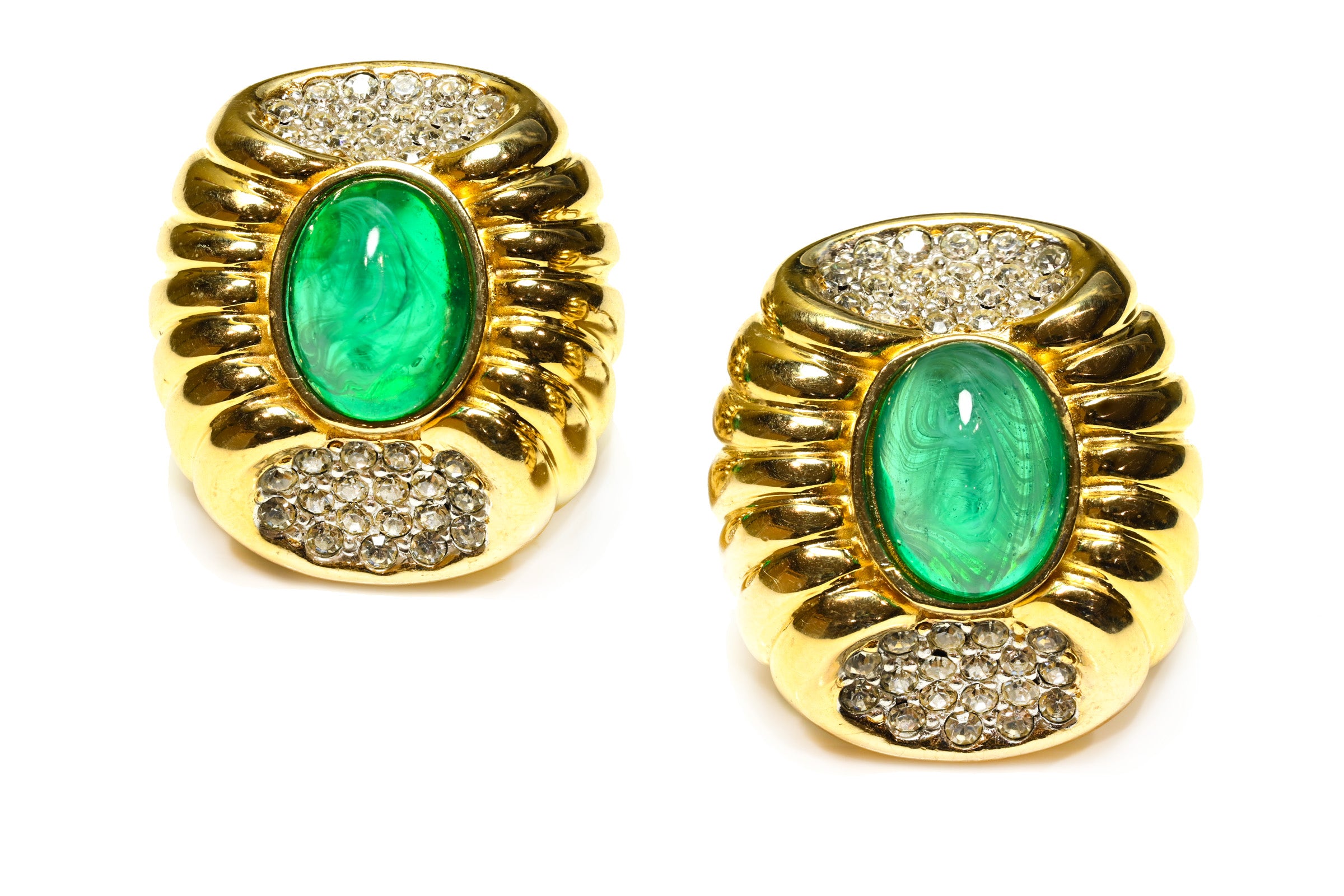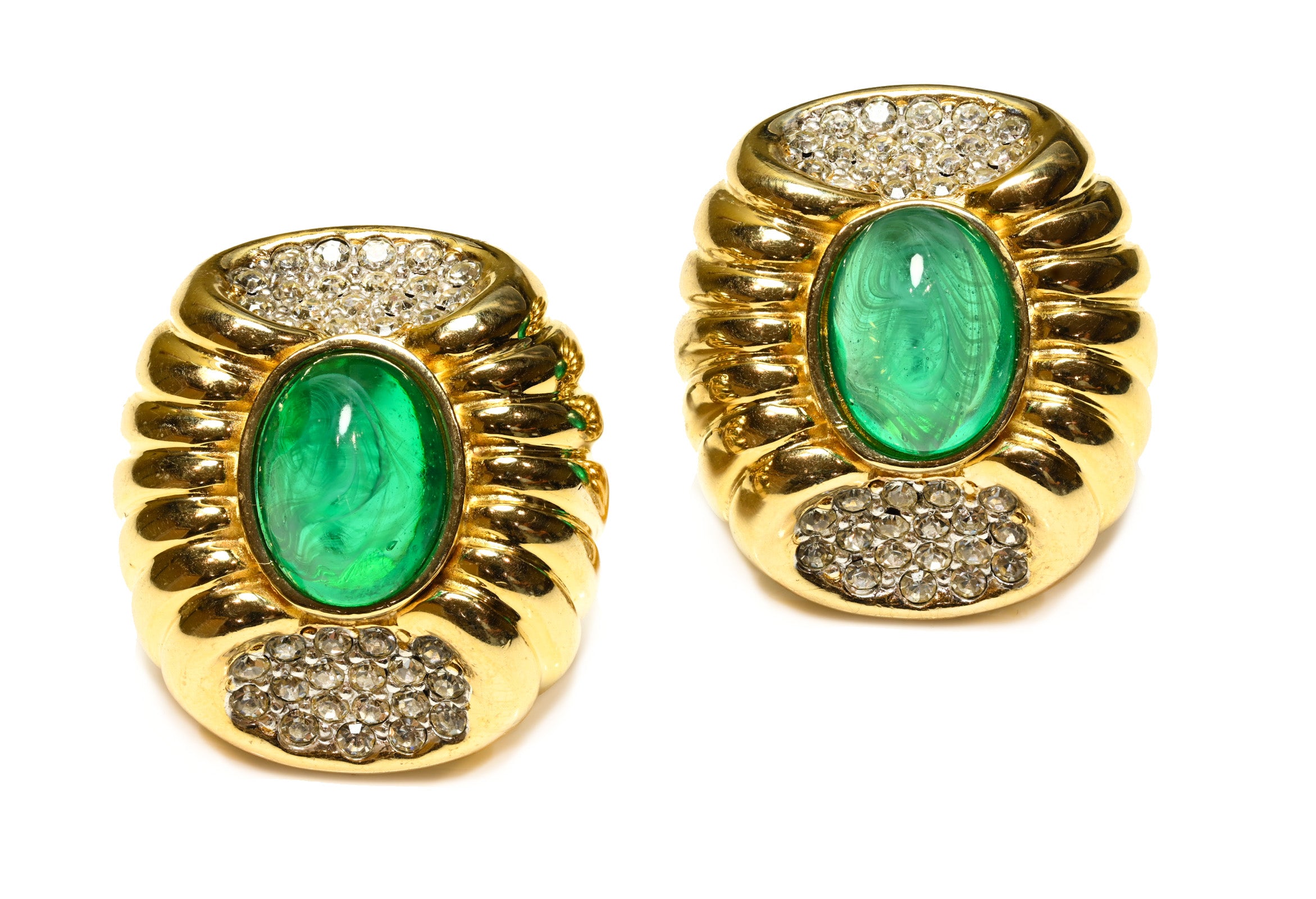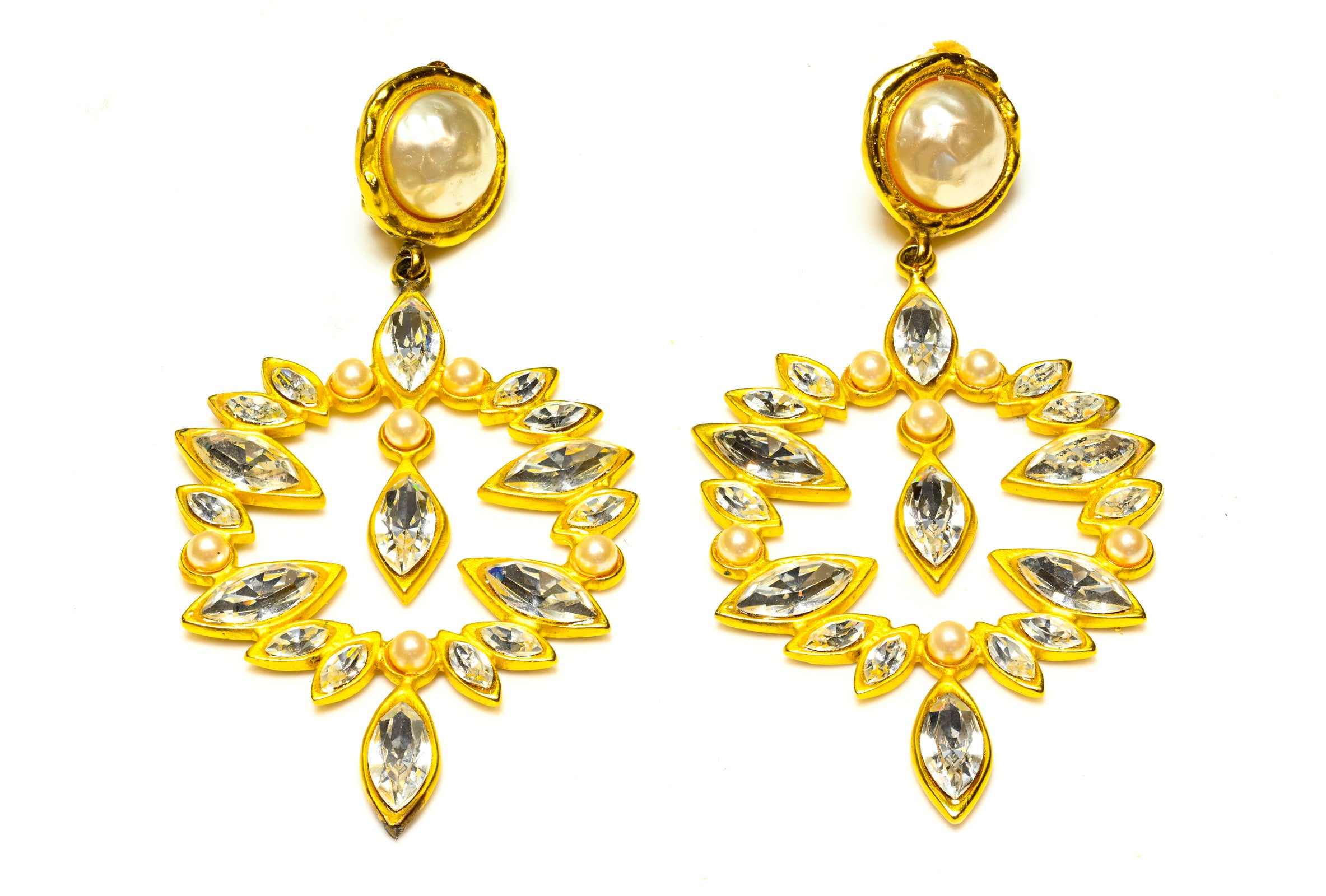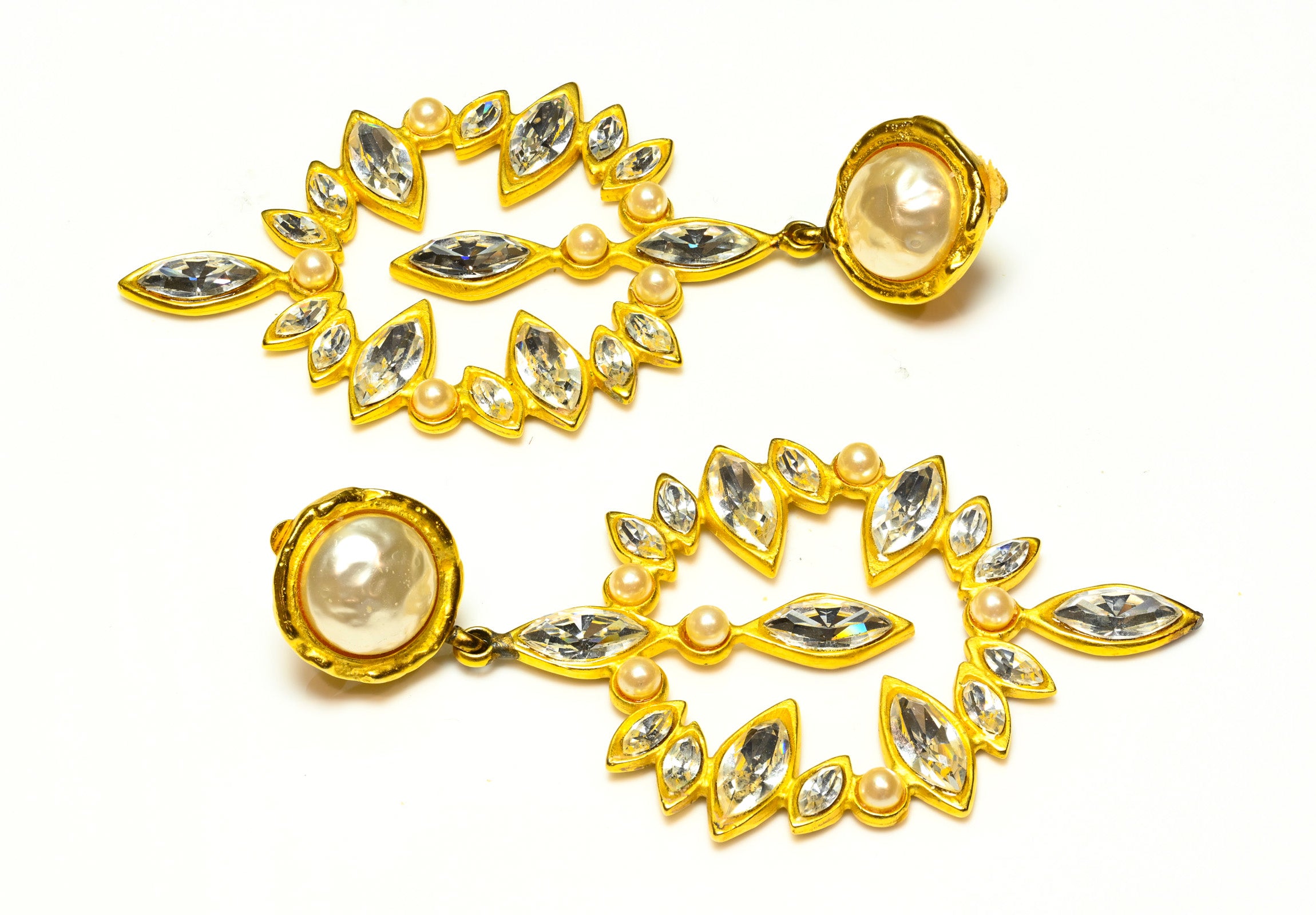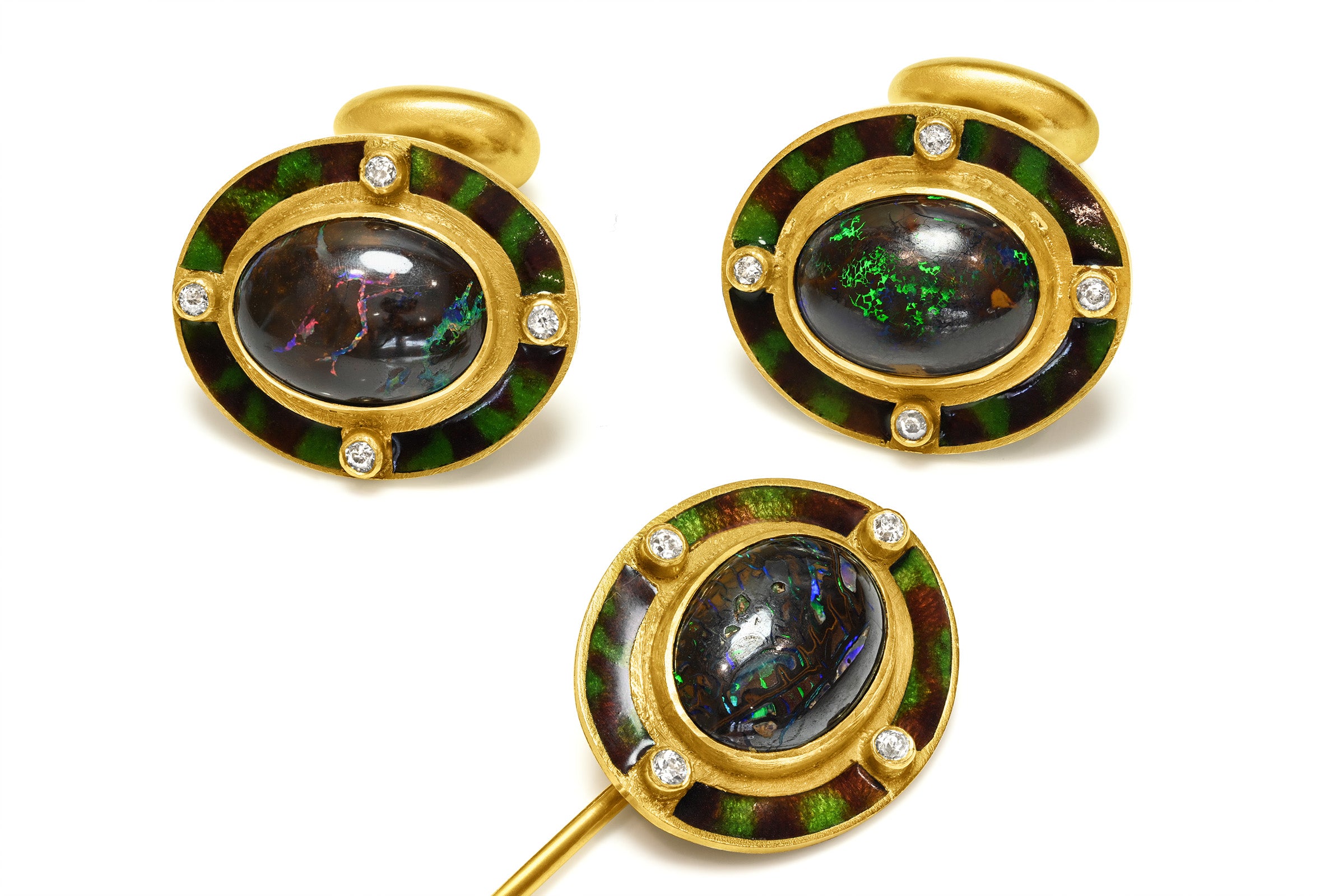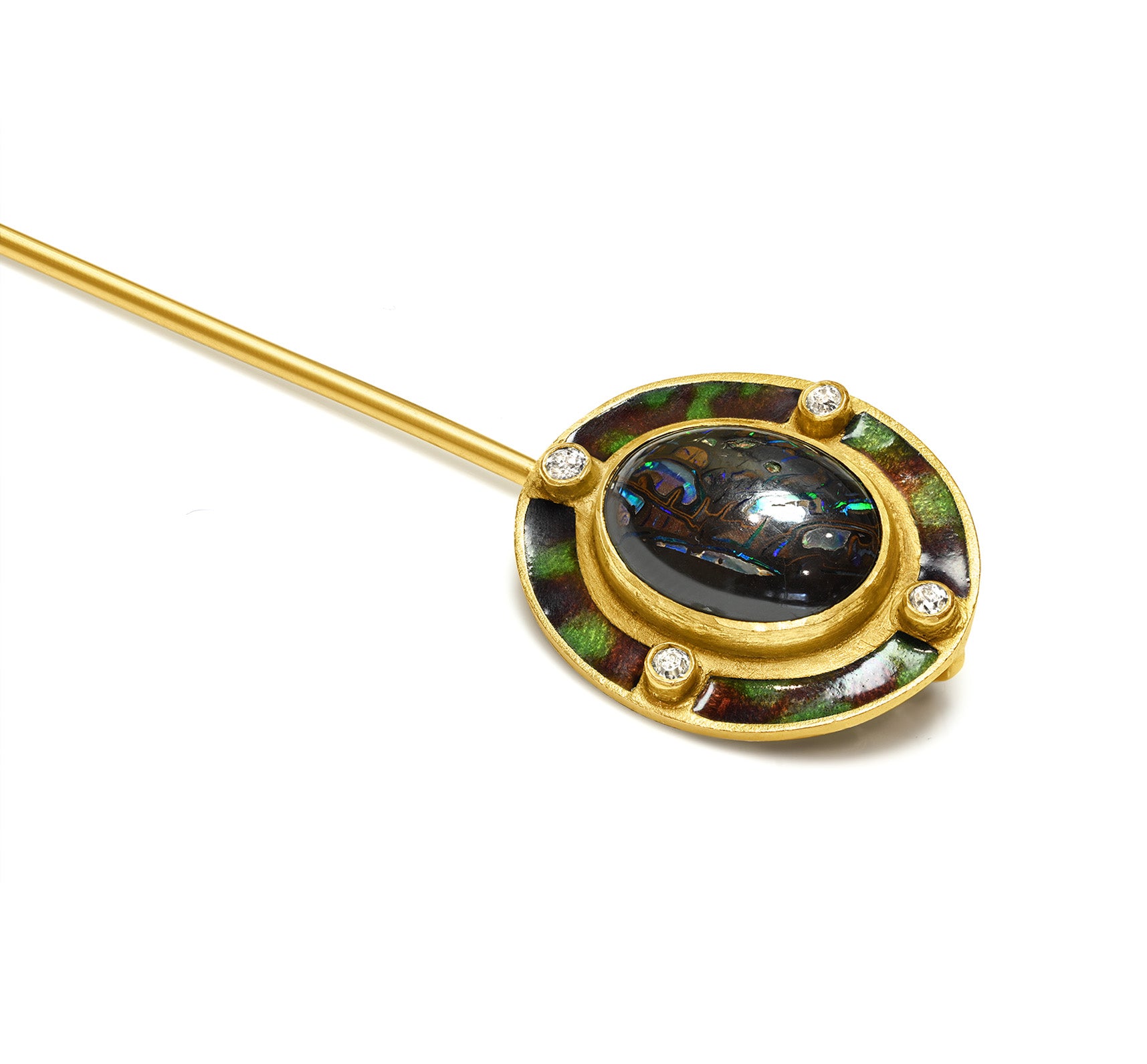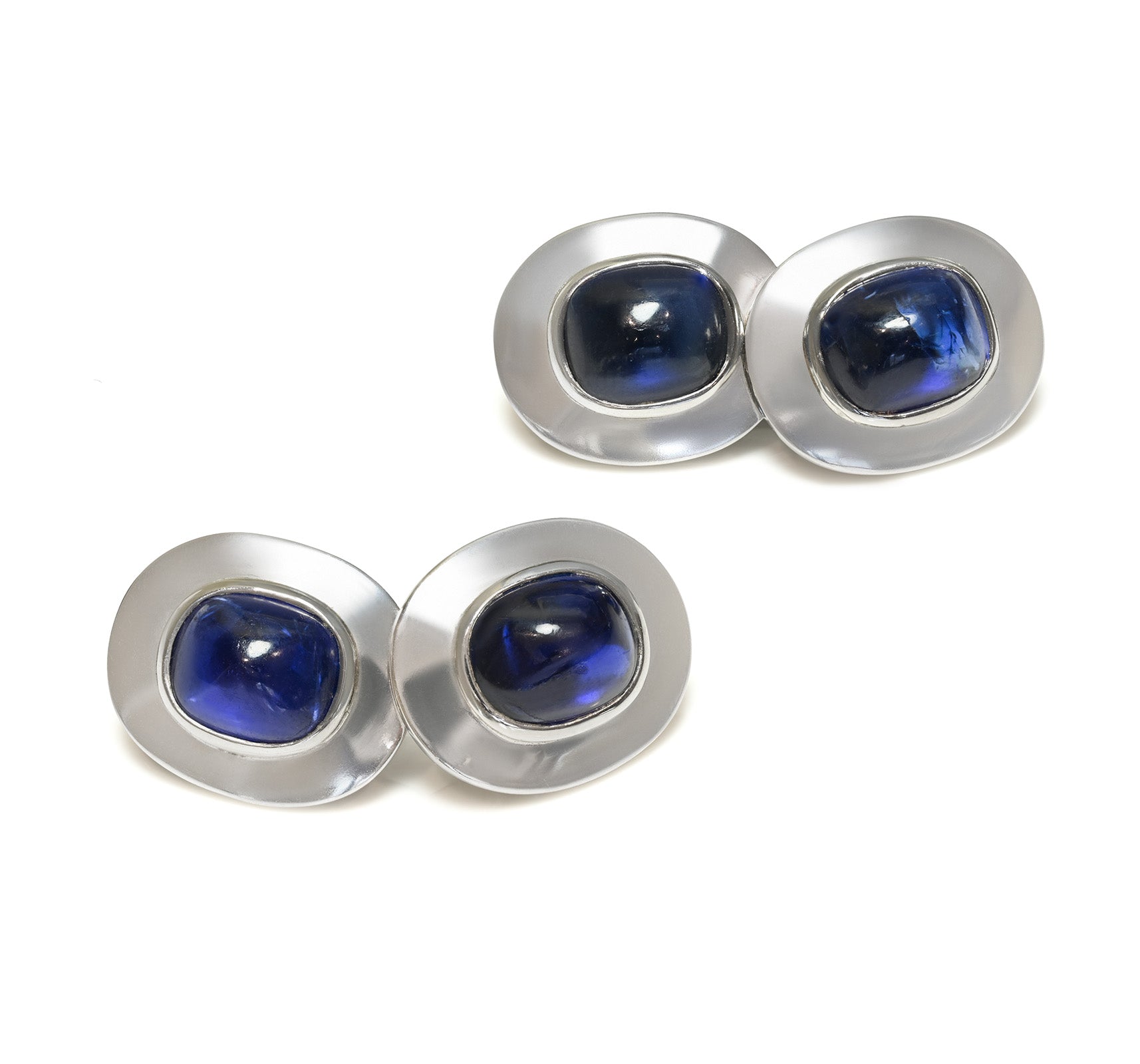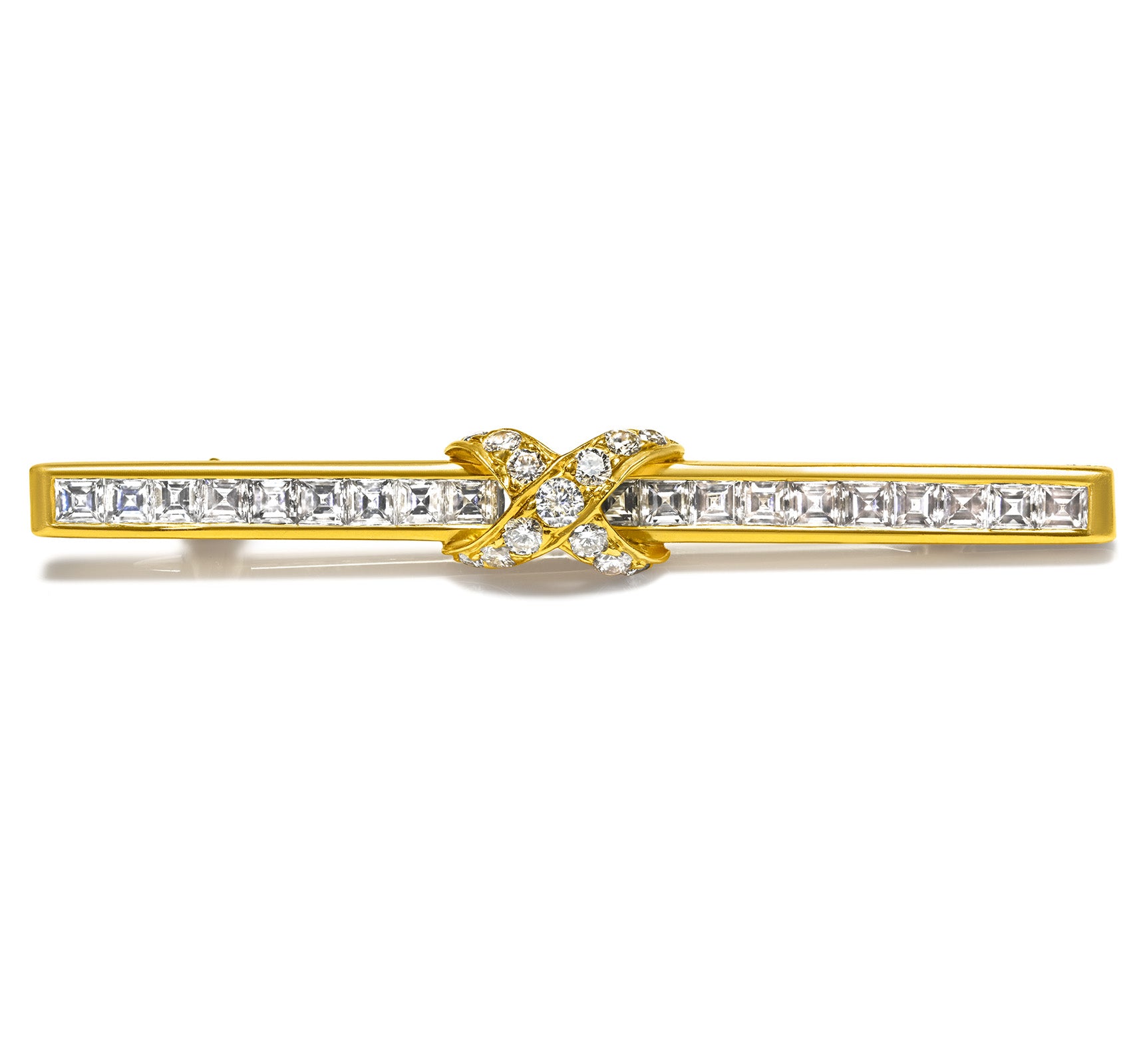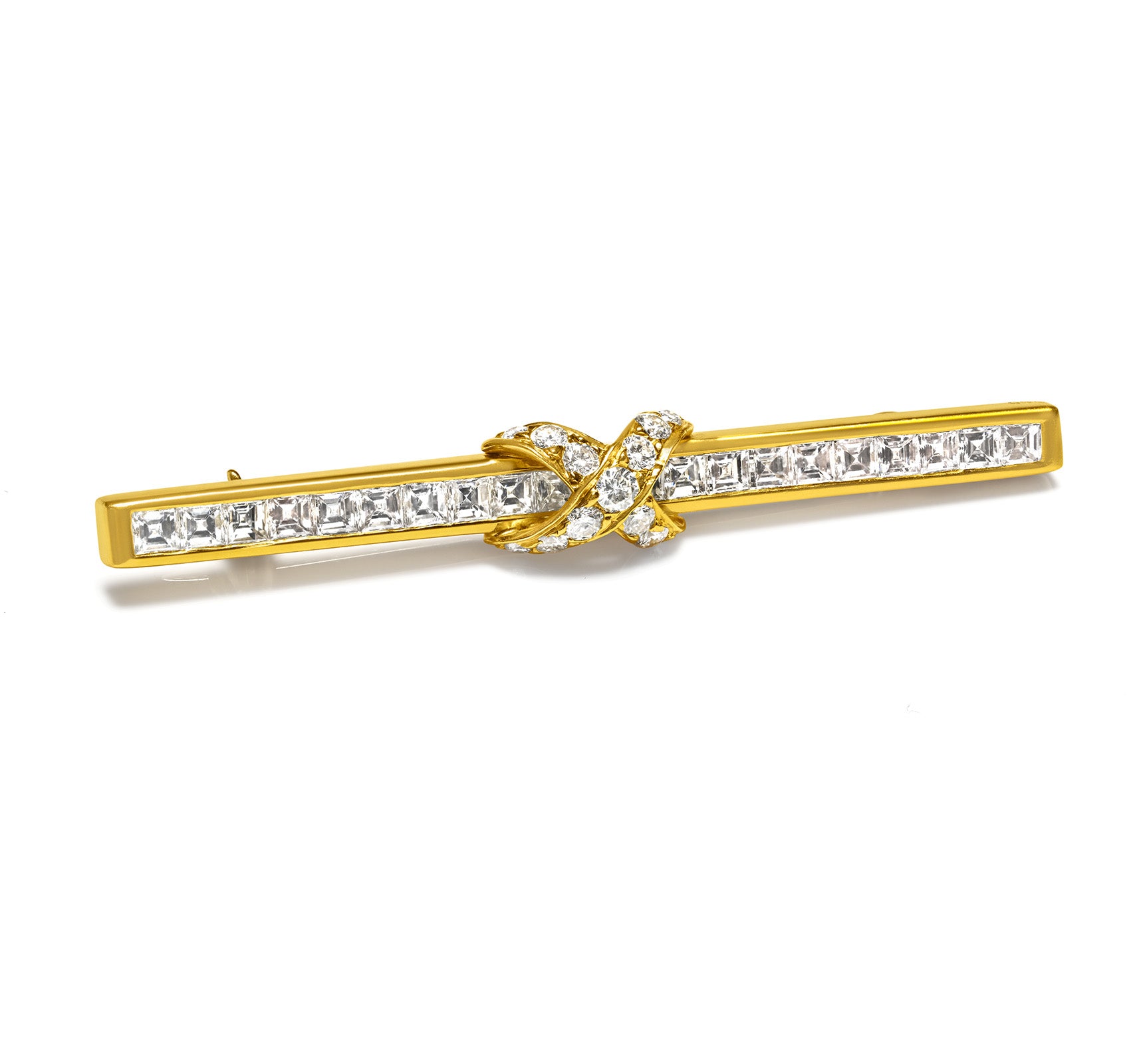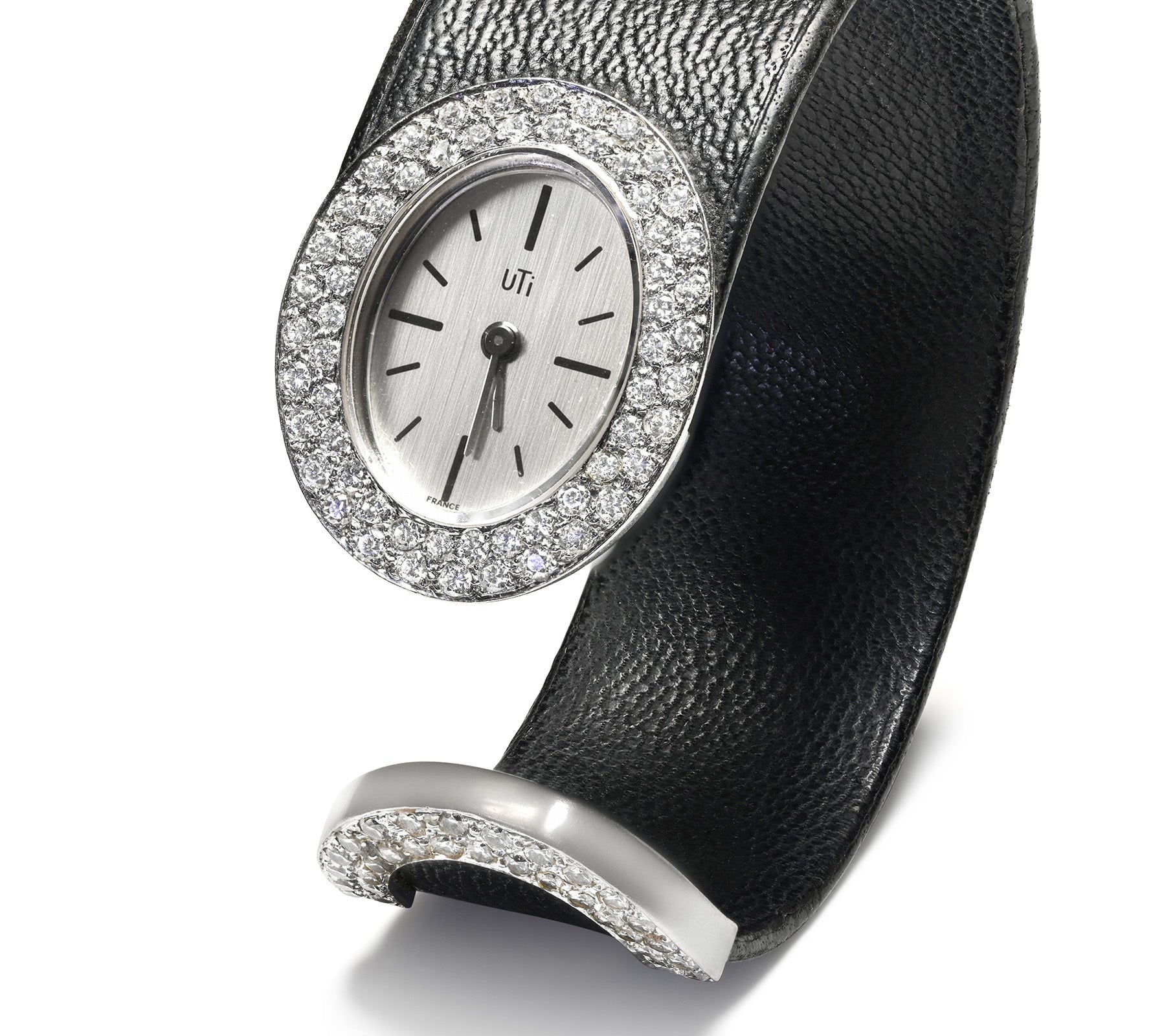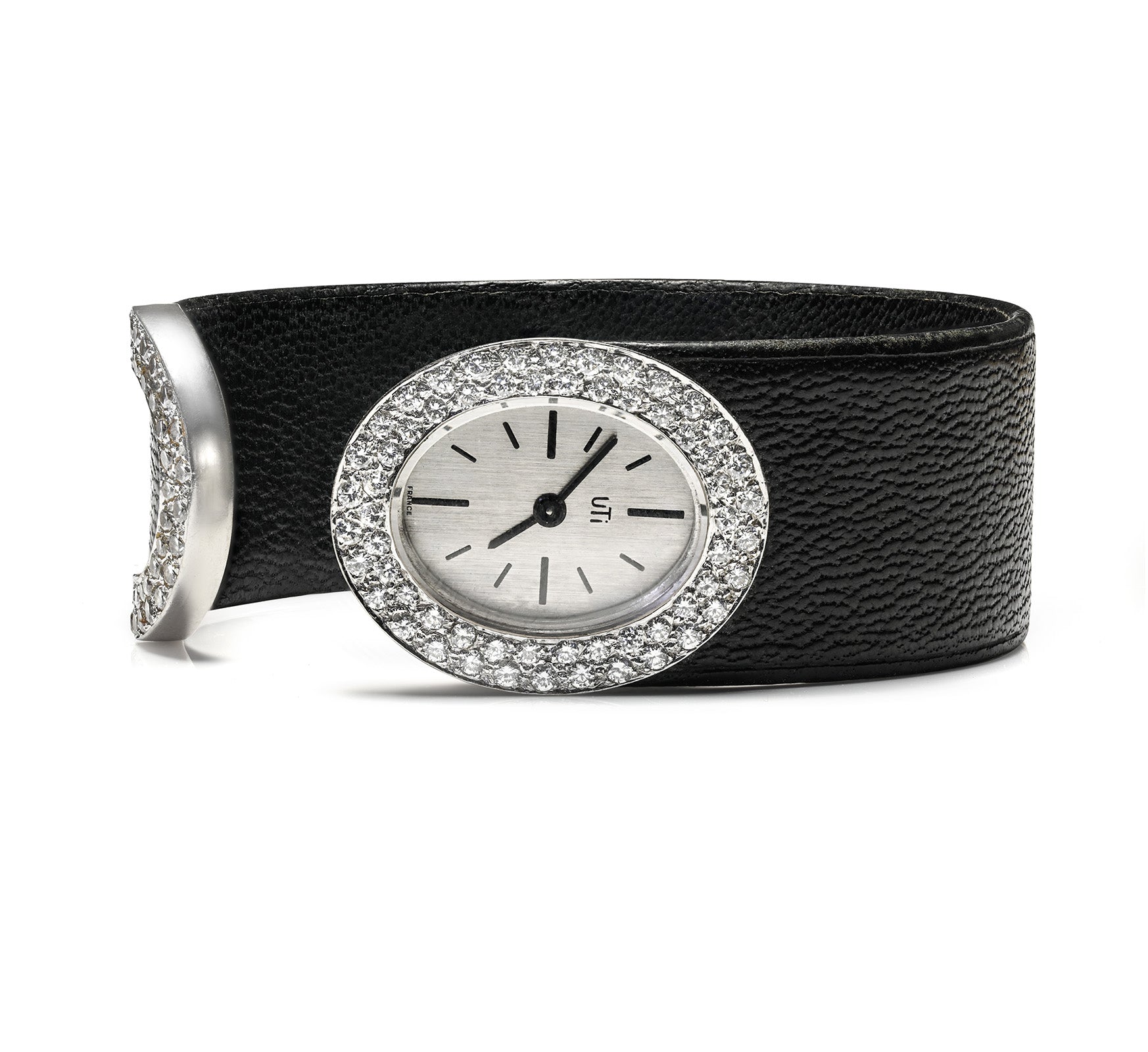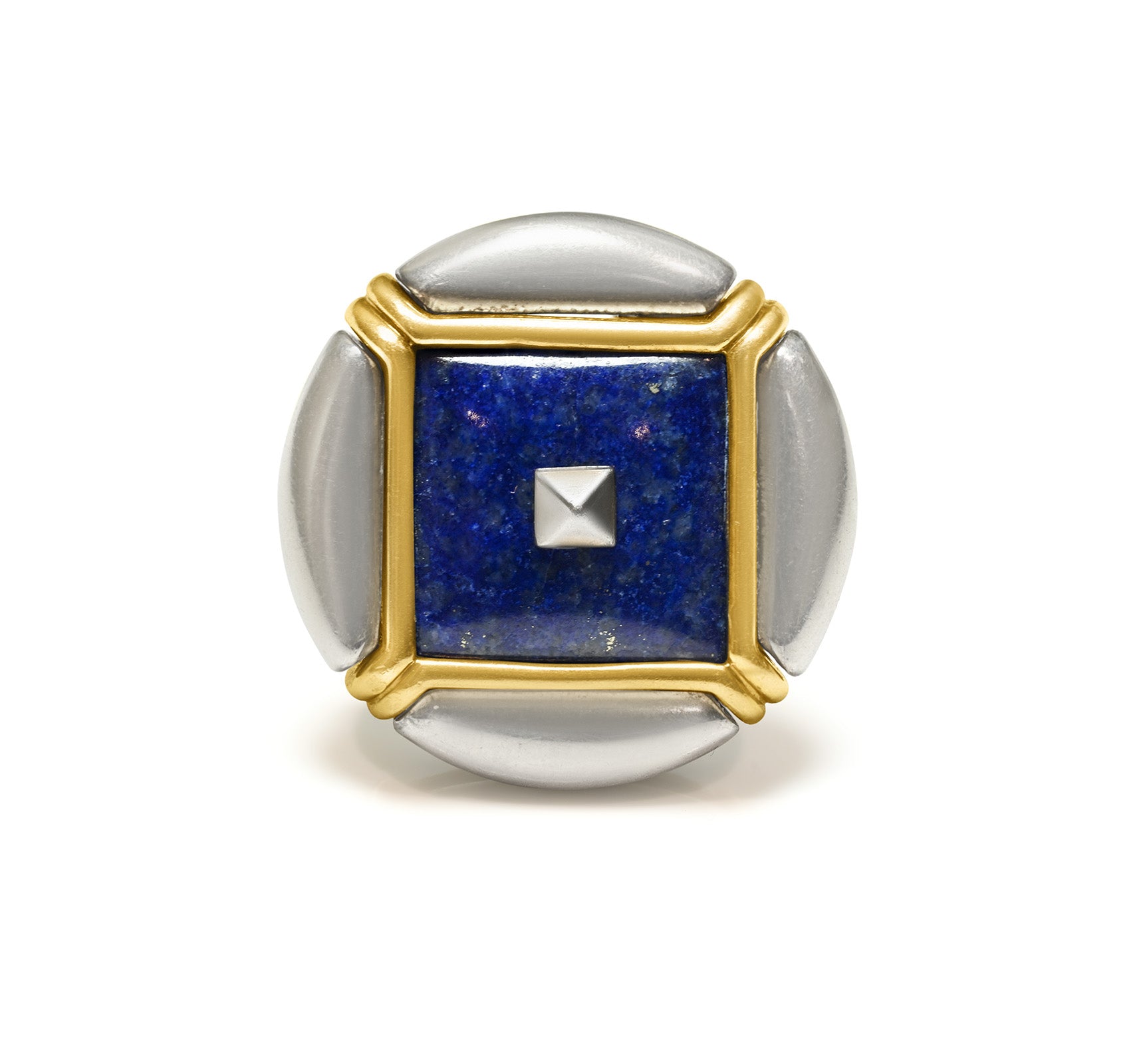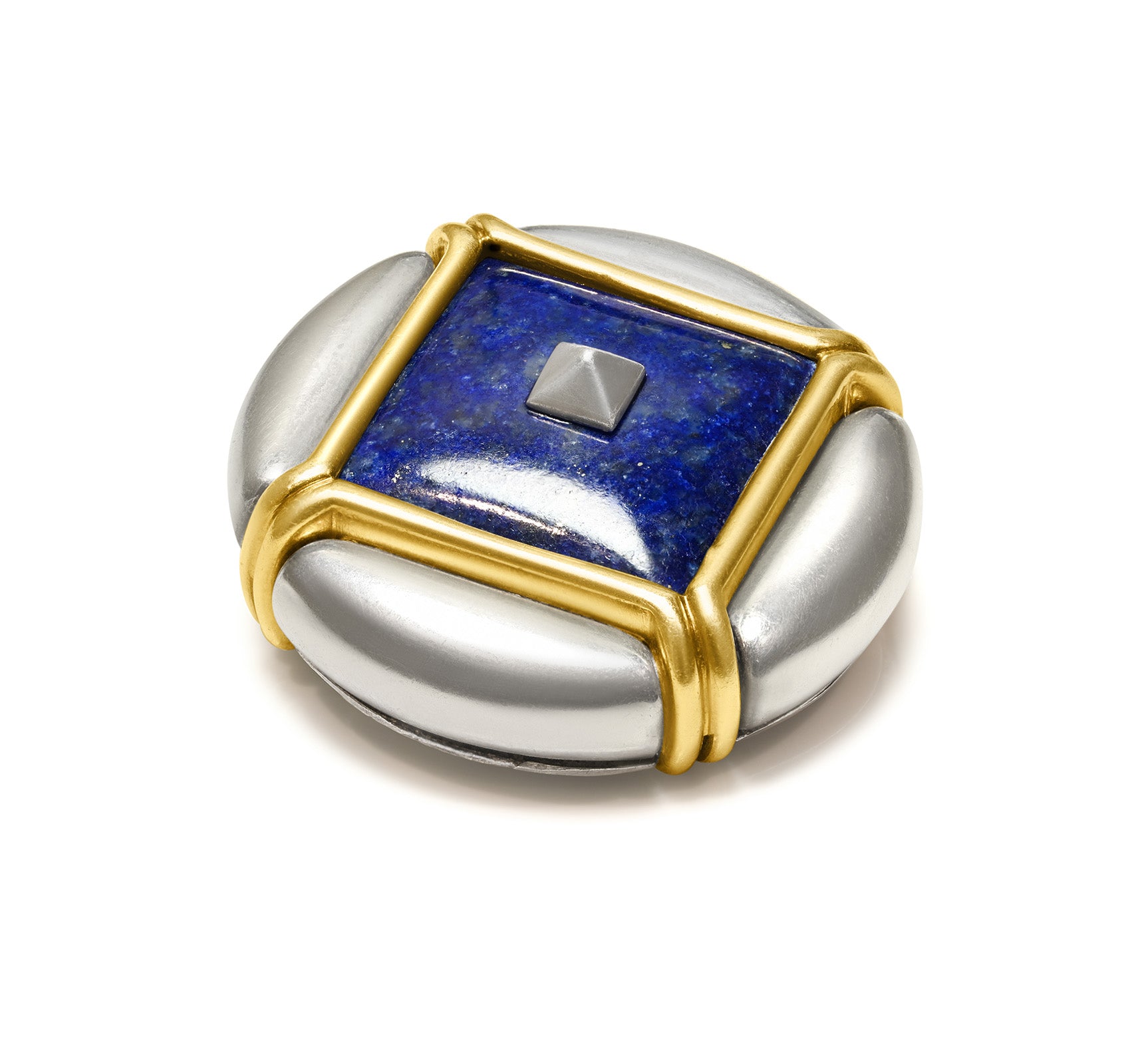
Contemporary Jewelry: A Journey Through Art, Identity, and Innovation
Contemporary jewelry is no longer just a decorative accessory—it has evolved into a potent identity marker and a subtle means of non-verbal communication. A piece of jewelry can reflect the cultural, emotional, and personal essence of its wearer, serving as a compelling medium for storytelling and self-expression.
In her comprehensive essay The Contemporary Jewelry Perspective: Meanings and Evolutions of a Necessary Practice, published on Academia.edu, author Chiara Scarpitti emphasizes that modern jewelry transcends simple ornamentation. It becomes a narrative object, a vessel of communication capable of expressing complex ideas, personal values, and cultural critiques.
Scarpitti positions contemporary jewelry as a legitimate and meaningful form of cultural production, intersecting naturally with the worlds of design, fine art, and industrial innovation.
Rather than existing solely to adorn, jewelry today engages with pressing societal issues—sustainability, technology, politics—shifting its role from mere aesthetic embellishment to that of intellectual and social commentary. Jewelry thus emerges as a new form of "design thinking," stimulating thought and inviting deeper cultural conversations.

Charles Turi 18K Gold Diamond Collar Necklace
Within the broader field of design culture, the traditional relationship between design and industrial production is undergoing a profound transformation.
Contemporary creation is now characterized by a wide range of expressive possibilities, blurring the once-clear boundaries between art, craft, and industry. This shift reflects a larger trend across creative disciplines: a movement beyond simple utility toward critical and reflective practice.
A striking example of this new paradigm was presented at the 2014 Fuori Salone del Mobile in Milan, where the Design Academy Eindhoven provocatively asked, "Does the world need another chair?" The answer—an emphatic "yes"—was not rooted in functional necessity, but in the belief that each era deserves objects that reflect its spirit and provoke critical reflection.
Objects are now valued not merely for their use, but for their capacity to embody narratives, spark dialogue, and carry cultural meaning.
This evolution is particularly resonant in the realm of contemporary jewelry, where value is no longer tied strictly to physical utility. Jewelry exists at the intersection of ornament and idea; its true significance lies in its ability to communicate personal stories, cultural shifts, and artistic visions.
In this landscape, the contemporary jewelry designer assumes the role of a cultural producer—creating thought-objects that engage the mind, express a worldview, and invite reflection on broader societal and philosophical themes.

Vintage Diamond 18K Gold Platinum Bracelet
The Ornament Beyond Surface
The debate over ornamentation has been a central theme in design theory throughout the 20th century. As Chiara Scarpitti highlights, this debate stretches from Adolf Loos’s famous rejection of ornament as wasteful and morally corrupt, to William Morris’s passionate embrace of decoration as a celebration of craftsmanship and artistic expression.
In Ornament and Crime (1909), Loos argued that ornamentation represented a form of cultural regression, incompatible with the ethical and functional demands of modernism. For him, true beauty arose from simplicity, the honest use of quality materials, and precision of execution—while decoration was seen as superfluous, even morally suspect.
However, by the late 20th century, postmodernism had radically challenged these rigid distinctions between form and function.
Paolo Portoghesi, in 1980, argued for the end of functionalist prohibitionism and advocated a return to ornament as a vital aesthetic and cultural process. He described postmodernism as an era of “widespread hedonism,” where decoration was no longer viewed as frivolous, but instead celebrated as a legitimate and meaningful form of creative expression.
Alessandro Mendini further developed this notion, suggesting that ornament could act as a language of communication and emotional engagement, rather than mere surface embellishment.
This philosophical shift laid the foundation for contemporary jewelry to move beyond its traditional decorative role. As Mario Perniola observed, the surface of a jewelry piece functions as a "relational membrane"—a dynamic point of contact between the designer, the wearer, and the surrounding world. The depth of ornamentation, in this view, lies not in its material worth but in its capacity to convey meaning, foster connection, and stimulate thought.
Contemporary jewelry challenges Loos’s functionalist perspective even more profoundly. It embraces ornamentation not as superficial embellishment, but as a meaningful and necessary form of expression. The value of a contemporary piece lies not in its practical utility, but in its ability to communicate narratives, explore identity, and provoke reflection.
This evolution reflects a broader re-evaluation of ornamentation across design culture. In today’s context, the jewelry object is no longer confined to questions of beauty or adornment. It becomes a critical tool for engaging with the social, political, and technological complexities of contemporary life.
The contemporary jewelry designer is tasked not merely with creating objects of aesthetic appeal, but with producing artifacts that stimulate dialogue, challenge conventions, and reflect the spirit of our times.

Natural Diamond and Emerald Vintage Earrings – Platinum & 18K Gold

Multi Gemstone 18K Gold Statement Choker Necklace
Contemporary Jewelry as a Cultural and Philosophical Statement
Contemporary jewelry occupies a unique position at the crossroads of art, design, and culture.
Unlike traditional jewelry, which has often been valued for its material worth and decorative appeal, contemporary jewelry derives its significance from its ability to engage with complex social, philosophical, and cultural questions. In this sense, the contemporary jewel transforms into an “object-discourse”—a tangible manifestation of thought and cultural reflection.
This evolution mirrors broader changes within the design world, where objects are no longer seen merely as functional tools, but as carriers of meaning and social commentary.
Today’s jewelry designers are not simply crafting decorative pieces; they are participating in dialogues about identity, politics, sustainability, and materiality. Their work challenges conventional notions of value and functionality, expanding the very definition of what jewelry can be.
Far from representing a passing trend, this shift reflects a profound transformation in design culture. Contemporary jewelry designers must navigate an increasingly complex landscape, shaped by global market dynamics, technological innovation, and evolving social values.
The rise of Industry 4.0 and widespread digitalization has brought both new challenges and new opportunities—forcing designers to engage with questions of sustainability, technological experimentation, and cultural identity. Their creations become mirrors of contemporary society, reflecting its tensions, aspirations, and evolving ethos.

Burle Marx 18K Gold Aquamarine Amethyst Topaz Necklace Brooch Ring Set
The Jewel as a Tool for Reflection and Dialogue
In this context, contemporary jewelry challenges every traditional notion of value, function, and ornamentation. It marks a transition—from object of adornment to cultural statement, from simple embellishment to thought-provoking discourse. The designer steps into the role of author, creating objects that engage with the social, political, and philosophical complexities of our time.
The rapid advances of Industry 4.0 have introduced new materials, new production techniques, and new aesthetic possibilities.
Yet, even as it embraces technological innovation, contemporary jewelry remains deeply rooted in historical and cultural traditions. It acts as a bridge between the past and the future—between craftsmanship and experimentation—offering a profound commentary on the shifting values and identities of modern society.
Ultimately, contemporary jewelry is a powerful form of cultural production—a material expression of thought, identity, and meaning. Its value lies not in utility or material richness, but in its capacity to engage, challenge, and inspire. The contemporary jewel transcends its ornamental roots, becoming a tool for reflection, dialogue, and critical engagement.
As Andrea Branzi insightfully notes, the history of civilization has been shaped not only by functional tools, but equally by seemingly “useless” objects—art, music, and poetry. Jewelry, within this framework, emerges not as a mere accessory but as an object of thought, capable of conveying complex cultural narratives.
Ettore Sottsass further illuminated the symbolic power of jewelry, describing it as the human desire to possess something extraordinary—whether a rare shell, a feather, or a precious stone.
Contemporary jewelry retains this sense of symbolic rarity but expands its domain, transforming into a vessel for personal, social, and cultural storytelling. In the hands of today’s designers, jewelry becomes far more than adornment. It is a shared language of symbols and meanings—a “thought-object” capable of forging connections between individuals, ideas, and cultures.
Through its layered significance, contemporary jewelry invites us not just to wear beauty, but to carry stories, engage in dialogue, and participate in the cultural narratives of our time.

Diamond Ruby 18K Gold Necklace Pendant
The Aesthetics of Surface and Depth
In contemporary jewelry, the surface is no longer a mere decorative façade—it is a dynamic site of meaning. Mario Perniola identifies two contrasting interpretations of surface and depth:
- “The superficial is deep” — the idea that even seemingly trivial or decorative elements can carry profound meaning.
- “The deep is superficial” — the notion that deeply personal or spiritual ideas can manifest visibly and be shared with the world.
Jewelry, worn directly on the body, operates precisely at the intersection of these two perspectives. Its external appearance reflects internal states of identity, memory, and belonging, turning the body into a canvas for personal storytelling and cultural dialogue.
This view is further reinforced by Ernst Bloch’s concept of ornament as an “Organon of knowledge.”
For Bloch, ornamentation is not just aesthetic but epistemological—a way of knowing and experiencing the world through objects. In this sense, a piece of jewelry becomes a wearable text, inscribed with layers of personal, social, and political significance. It is not merely about embellishment; it is about expression, dialogue, and engagement with the broader currents of life.

Royal Blue Sapphire Baguette & Square Cut Diamond 18K Gold Ring

Vintage Plique a Jour Gold Citrine Cuff Bracelet
Relational Jewelry: Beyond Decoration
Contemporary jewelry challenges the traditional boundaries of value, utility, and beauty. While high jewelry often emphasizes material wealth and visual splendor, and fashion jewelry seeks to complement style trends, contemporary jewelry prioritizes conceptual meaning and relational function.
Artists such as Lisa Walker blur the lines between art and adornment, using non-precious materials and deliberately unconventional forms to question societal expectations, consumerism, and notions of taste.
Similarly, Otto Künzli’s iconic piece “Gold Makes You Blind”—a simple rubber band concealing a gold sphere—provokes critical reflection on material obsession and hidden value.
This relational approach reflects a broader shift in design culture toward participatory, socially engaged practices. Contemporary jewelry becomes not just a personal accessory, but a medium for dialogue—a form of storytelling that invites the wearer and the viewer into a shared exploration of identity, politics, and cultural narratives.
In this expanded role, jewelry transcends decoration and becomes an active participant in shaping contemporary thought and experience.

Emerald, Diamond & Lapis Flower Brooch in 18K Textured Yellow Gold
Symbolism and Emotional Value
In contemporary jewelry, symbolic value transcends material composition. Andrea Branzi’s assertion that "useless objects" are essential to human civilization highlights jewelry’s role as a vessel of emotional and cultural meaning.
Jewelry often marks significant life events—weddings, mourning rituals, rites of passage—becoming tangible links to memory, identity, and belonging. Fiorani beautifully describes ornaments as "things that are us," emphasizing how jewelry pieces evolve into extensions of the self and carriers of personal and collective narratives.
In this sense, the function of contemporary jewelry is not to satisfy a practical need but to provide a symbolic and emotional connection. A single piece can embody a promise of love, a political statement, or a reflection of personal heritage. Its value lies not in its material worth, but in its ability to hold, transmit, and evoke profound meanings.

Angela Cummings 18K Gold Multi-Gem Set Link Bracelet
Future Scenarios: Jewelry in the Digital Age
The future of contemporary jewelry lies at the intersection of tradition and innovation. The rise of Industry 4.0 and widespread digitalization has introduced new possibilities for material experimentation, production techniques, and conceptual frameworks.
Digital fabrication methods, such as 3D printing and laser cutting, have expanded the creative vocabulary available to jewelry designers. Virtual and augmented reality platforms offer immersive ways to experience jewelry beyond physical constraints.
Meanwhile, concerns over sustainability and ethical sourcing are prompting a reevaluation of materials and manufacturing processes, giving rise to more conscientious design practices.
Contemporary jewelry is also increasingly engaged with broader societal issues. Designers are using jewelry to address themes such as identity, migration, environmental responsibility, and social justice. Jewelry becomes a platform for activism and critical reflection, challenging traditional notions of beauty, luxury, and value.
Jewelry as an Intellectual and Emotional Experience
Contemporary jewelry engages both the intellectual and emotional dimensions of human experience.
Damian Skinner defines it as a "body-oriented, self-reflexive, artisanal study activity"—an exploration that transcends mere decoration. The relationship between object and wearer is intimate and transformative, influencing not only how individuals perceive themselves but also how they are perceived by others.
As Britton observes: "Jewelry is more intimate than a picture or a sculpture. There is no distance between the object and its wearer."
This direct interaction elevates jewelry from a passive object to an active extension of the wearer’s identity, emotions, and worldview.

Aquamarine, Ruby & Diamond Vintage Gold Disc Earrings
Jewelry as a Symbolic and Communicative Object
Jewelry functions as a powerful symbolic and relational object. According to Raimon Panikkar, symbols inhabit a space between the objective and subjective, inviting emotional participation and shared understanding.
Contemporary jewelry reflects this symbolic dimension, not only by showcasing artisanal skill but also by creating bridges between the creator, the wearer, and the broader society.
Through public display, jewelry gains a communicative dimension, turning personal adornment into a relational and social act. Ettore Sottsass eloquently captures this dynamic: "We are still here to show ourselves to others, to play comedies or dramas; we are still here to decorate ourselves to represent that part we think we want to represent."
Contemporary jewelry thus becomes both a reflection of individuality and a projection of social identity—a material language through which stories are told, values are shared, and cultural dialogues unfold.

